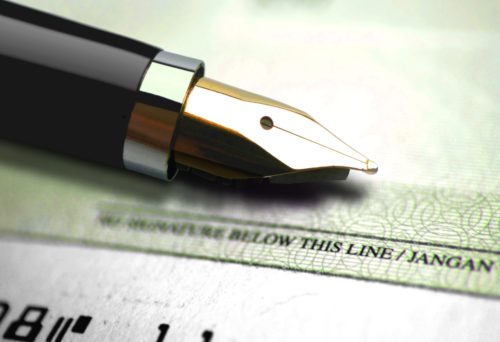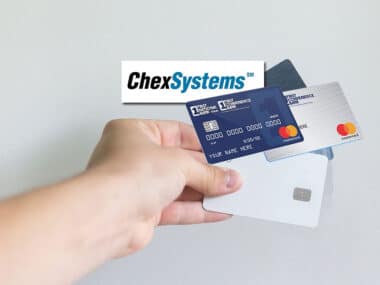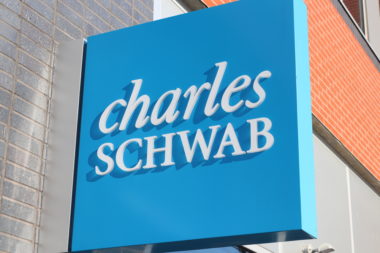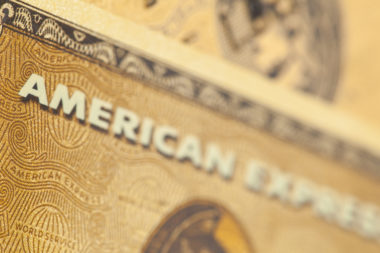A money order is just one of the many types of payment available to you. Sometimes (inaccurately) referred to as cashier’s checks or teller’s checks, bank money orders are issued by your banking institution and are made out for a predetermined, prepaid amount. Unlike credit or debit cards and personal checks, money orders are a more secure method of payment because the funds are prepaid.
Learn more about how bank money orders work, how to obtain one, and the many locations you can use a bank money order to pay for goods and services.
Table of Contents
What Does a Bank Money Order Include?
Bank money orders have a similar appearance to personal checks. The information that needs to be filled out on a money order differs slightly from personal checks, as do a few other distinctive traits that money orders have, including:
- The bank logo and contact information.
- A blank space to fill in your personal contact information.
- A blank space where the information of the recipient goes.
- A pre-filled space that denotes the value of the money order.
- Security features like watermarks and tracking codes.
How Do Bank Money Orders Work?
If you wish to use a money order to pay for goods or services, you need to go to your banking institution and request one. You will specify what you want the value of the money order to be, then your bank will process your order.
The value of your money order depends on where you obtain it. Often, there is a limit to how high the value of a money order can be. Should you need more than the institution’s determined limit, you’ll need to purchase multiple money orders in separate transactions. International money orders purchased through the United States Postal Service have a limit of $700.
You can purchase a money order from your personal bank, where they will withdraw funds directly from your account. You can also purchase money orders with credit cards or cash at banks you do not have an account with. To obtain a money order, you must go to the bank of your choosing and complete the transaction in person.
Once you have obtained your bank money order, it can be used the same way you would use a personal check. When you use a money order, it’s important to keep the stub that comes with it and indicates the tracking code. In the event that the money order is lost or stolen, the tracking number on the money order can be used to track the funds.
Money orders can also be cashed in the same way you would cash a check. The money order can be deposited directly into your bank account or exchanged for cash.
Bank Money Order Costs
The bank you obtain a money order from will determine how much the money order costs. For instance, if you hold an account with the bank you are obtaining a money order from, they will most likely waive the fee they charge for money orders.
Banking institutions like Chase, Citibank, Citizens Bank, and TD Bank charge $5.00 for a money order. They are free for members with a checking account.
On average, domestic money orders cost between $1.00 and $5.00, depending on where you purchase it from.
- Walmart: Up to 88 cents.
- U.S. Postal Service: $1.25 to $1.70 depending on the amount.
- Military: 45 cents, per the USPS.
- International: $9.50 ($700 limit).
Who Cashes Bank Money Orders?
You can cash a money order almost anywhere, but it’s best to cash the money order at the bank you purchased it from, as doing so elsewhere can incur fees. Typically this fee is less than 10 dollars, but it depends on the bank you’re using to cash your money order. If you have an active account with the bank, they may waive the fee to cash your money order. Generally, it’s best to cash a money order at the bank or institution it was purchased from.
How to Cash a Bank Money Order
To cash a bank money order, follow these steps:
- Find a location that will cash your money order. This could be the bank that issued the money order, a credit union, grocery store, or other location.
- Fill out the money order. To cash, you’ll need to endorse your money order with a signature. Be sure to fill out any relevant information the money order asks for, like your full name and home address.
- Verify your identity. Bring valid proof of identification, such as a driver’s license, passport, or military ID to prove you’re authorized to receive the money order.
- If applicable, pay the service fee. Depending on where you cash your money order, you may have to pay a service fee in order to obtain your funds.
- Obtain your money.
When to Use a Bank Money Order
In some cases, cash, credit cards, and personal checks are not the best payment methods. That’s where bank money orders come in. They are commonly used for instances in which:
- You need a more secure way to send money.
- You are making a large purchase, such as a car, and don’t want to carry that amount of cash.
- The location where you are shopping does not accept other forms of payment.
It should be noted that bank money orders differ from those provided by other entities such as department stores or the U.S. postal service. The money orders issued by institutions other than banks can differ in the amount you’re able to cash them for and the fees charged to cash them.
Bank Orders vs Other Money Orders
As mentioned previously, you may want to obtain a bank money order if you want to protect your data or need to pay a substantial amount. Other money orders, such as those provided by department stores or money order stores, may be more beneficial if you need a larger amount of money or you have to send the funds internationally. Additionally, the processing fees at these locations may be lower than those at a bank where you don’t have an account.
Money orders are a safe way to spend money — check with your banking institution to learn more about their money order services.
Image Source: https://depositphotos.com/





